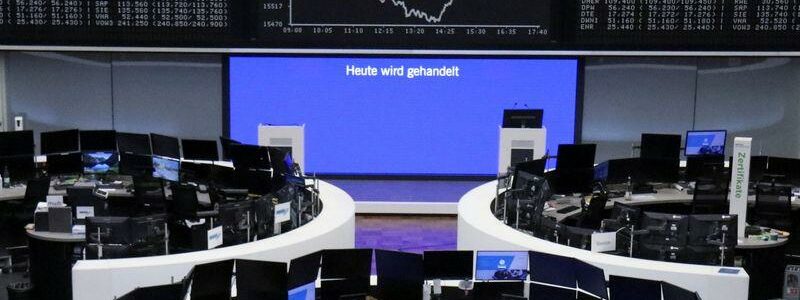
Stocks pinned near record highs as markets digest U.S. jobs data, global tax deal
LONDON (Reuters) – World shares were rangebound and trading just off record highs on Monday as markets digested Friday’s disappointing U.S. jobs report and a global tax deal between the G7 group of countries, while also looking ahead to inflation data due this week.
Investors were wary about how shares of major tech firms would react to the G7’s agreement on a minimum global corporate tax rate of at least 15%, although securing approval from the whole G20 could be a tall order.
The early reaction was muted, with Nasdaq futures down 0.4% and S&P 500 futures down 0.2%.
“I would assume that it (the tax deal) is not helping the market in the sense that these Internet giants are going to be taxed more … it has an impact on sentiment in equity markets, but the reality is, it has already been priced in,” said Sebastien Galy, senior macro strategist at Nordea Asset Management.
“So even though equity markets in the U.S. are under pressure on the futures side, I’d expect it not to last till the end of the day.”
European shares as measured by the pan-European STOXX 600 index hit a fresh record high after being pulled lower at the open by commodity shares. [.EU]
MSCI’s All-Country World index, which tracks shares across 49 countries, traded just below record highs and was flat on the day by midday in London.
“With falling effective corporate tax rates (from 31% to 13% currently) accounting for over 30% of U.S. corporate profit growth since the turn of the century, companies will have to increasingly rely on margin expansion and revenue growth just to maintain the recent pace of profit growth,” said Norman Villamin, CIO of wealth management at UBP.
Villamin cautioned however that drivers of a new round of margin expansion are not appearing on the horizon, suggesting that stock-picking “should grow increasingly valuable looking ahead”.
MSCI’s broadest index of Asia-Pacific shares outside Japan slipped 0.05% and risked a fourth session of losses. Japan’s Nikkei edged up 0.3% and touched its highest in almost a month.
Taiwan stocks lost 0.4% as a spike in COVID-19 cases hit three tech companies in northern Taiwan, including chip packager King Yuan Electronics.
While the 559,000 rise in May U.S. jobs missed forecasts it was still a relief after April’s shockingly weak report. The jobless rate at 5.8% showed there was a long way to go to reach the Federal Reserve’s goal of full employment.
Attention will now turn to the U.S. consumer price report on Thursday where the risk is of another high number, though the Fed still argues the spike is transitory.
Investors are also watching the tussle over U.S. President Joe Biden’s proposed $1.7 trillion infrastructure plan with the White House rejecting the latest Republican offer.
The European Central Bank will hold its policy meeting on Thursday and is widely expected to maintain its stimulus measures, with tapering a distant prospect.
“With a fiscal and monetary tailwind, a cyclical recovery in corporate revenue growth and margins appears likely looking ahead,” UBP’s Villamin said.
Yields on U.S. 10-year notes were a fraction higher at 1.58%, after diving 7 basis points on Friday and back to the bottom of the trading range of the last three months.
That drop, combined with an improvement in risk appetite, put the dollar on the defensive. It was last at 90.202 against a basket of currencies, having slipped from a top of 90.629 on Friday.
The euro was holding at $1.2155, after bouncing from a three-week trough of $1.2102 on Friday, while the dollar was back at 109.43 yen from a peak of 110.33.
The pullback in the dollar helped gold steady at $1,885 an ounce, up from a low of $1,855 on Friday. [GOL/]
Oil prices ran into profit-taking after Brent topped $72 a barrel for the first time since 2019 last week as OPEC+ supply discipline and recovering demand countered concerns about a patchy global COVID-19 vaccination rollout. [O/R]
Brent slipped 0.6% to $71.48 a barrel, while U.S. crude eased 0.5% to $69.26.
Source: Read Full Article